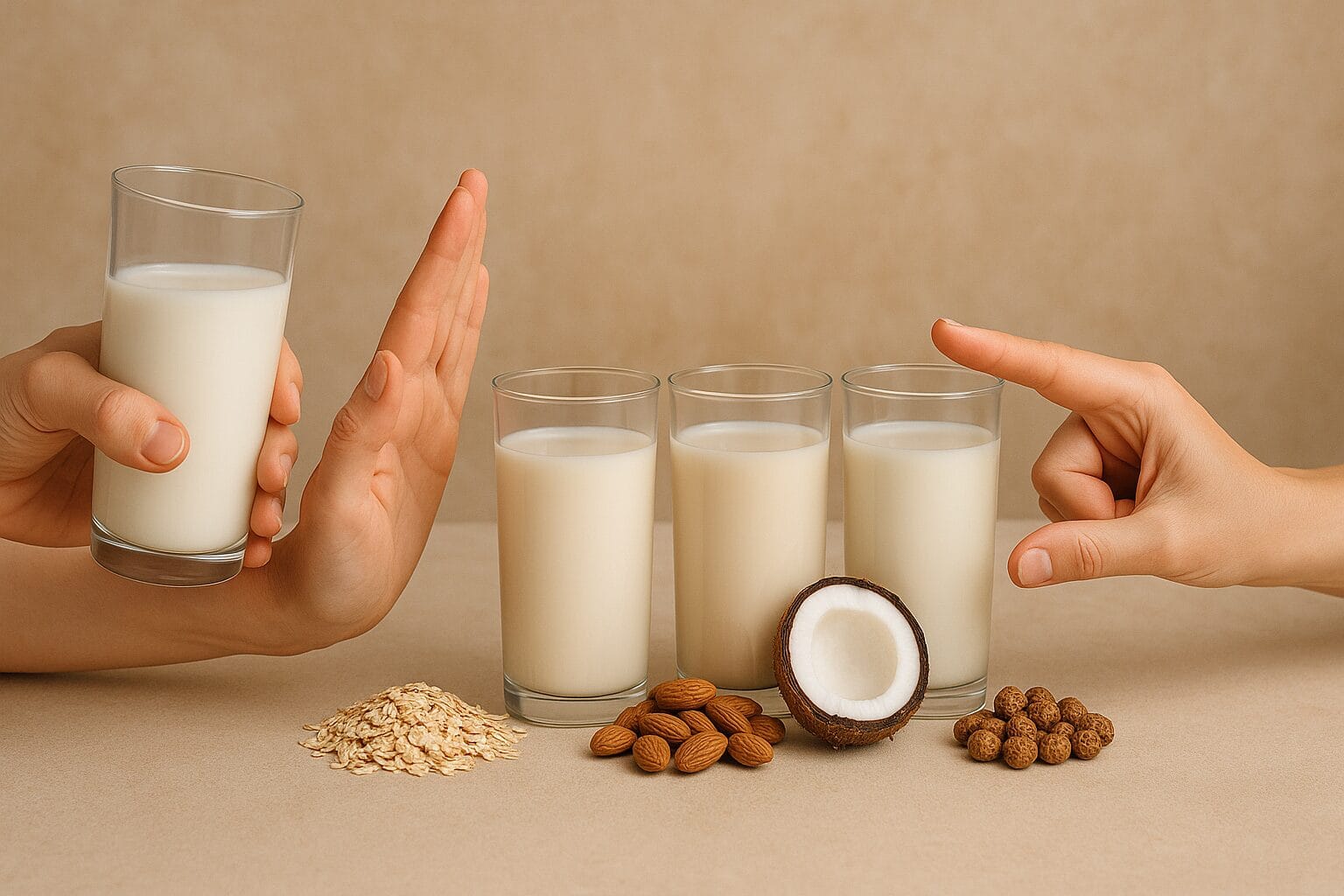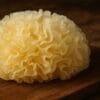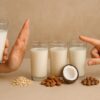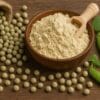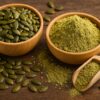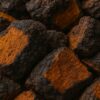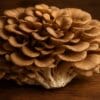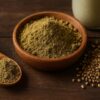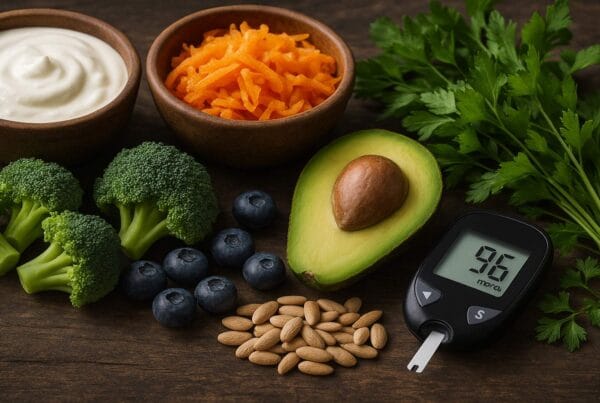Lactis saccharum intolerantia
How to Regain Gut Calm and Outsmart Dairy Traps
Not every stomach drama begins with a bucket of ice cream—sometimes it’s just an innocent portion of breakfast muesli with milk or a seemingly harmless slice of bread filled with additives that have as much to do with nature as cardboard cheese with aging. What follows is a jittery stomach, sounds worthy of a fermentation orchestra, and the distinct sense that something is off.
Welcome to the world of lactose intolerance—the hidden culprit behind many modern digestive troubles. This isn’t a trendy diagnosis, but a real enzymatic deficiency that can significantly affect your quality of life. The good news? You can manage it—wisely, consciously, and without giving up flavor.
What Is Lactose and Where Does It Hide?
Lactose is a disaccharide naturally found in the milk of mammals, made up of glucose and galactose. To be properly digested, it must be broken down by the enzyme lactase, located on the surface of the small intestinal villi. When this enzyme is lacking, undigested lactose moves on to become breakfast for fermenting bacteria. The result? Gas, bloating, gurgling, and rapid digestive reactions.
Although lactose is commonly associated with dairy (milk, yogurt, cottage cheese, processed cheeses), it can also hide in more surprising places:
- sweet baked goods
- instant sauces
- processed meats
- pills and supplements
- protein powders and low-quality probiotics
It’s not always “milk” in the obvious sense—sometimes it’s just a technical ingredient.
Why Can Some People Digest It and Others Can’t?
From an evolutionary perspective, adults weren’t designed to drink milk. Lactose tolerance is an adaptation that developed in certain populations, especially in Northern Europe. Most people around the world lose their ability to produce lactase after childhood. For some, it happens quickly; for others, it’s subtle. But the end result is the same: undigested lactose causes digestive chaos.
Lactose intolerance can be:
- Primary (genetic)
- Secondary (acquired after infection, antibiotics, inflammation)
- Temporary (e.g., after acute diarrhea)
The Gut – An Underrated Laboratory
Lactase is produced in the small intestine on the surface of delicate structures called intestinal villi. Damage to them (from stress, medications, poor diet) reduces enzyme production. Add to that the role of the gut biofilm—a layer of protective commensal bacteria—and you have a fragile system managing digestion, immunity, and overall health.
Lack of biofilm = leaky gut = heightened sensitivity to everything you eat. This can manifest as:
- chronic bloating
- diarrhea
- cross-intolerances (e.g., FODMAP)
- brain fog and fatigue
Can Lactose Intolerance Be Reversed?
Sometimes, yes. In cases of secondary intolerance (e.g., after antibiotics), proper support can regenerate enzymatic function. How?
- Temporarily eliminate lactose and fermentable sugars
- Use lactase enzyme supplements occasionally
- Rebuild the gut biofilm:
- probiotics (L. rhamnosus, B. infantis)
- prebiotics (inulin, FOS, resistant starch)
- diet rich in vegetables, fermented foods, and collagen broths
What Could It Be Confused With?
Lactose intolerance often mimics:
- Irritable Bowel Syndrome (IBS)
- Small Intestinal Bacterial Overgrowth (SIBO)
- Leaky Gut Syndrome
- Celiac disease
That’s why it’s important to observe not just the symptoms but the context: what you ate, how it was combined, and when symptoms appeared.
Lactose in Medications? Yes—Often
Lactose is a common carrier in pharmaceuticals. It can be found in:
- pain relievers
- hormone preparations
- antibiotics
- magnesium and calcium tablets
If symptoms persist despite dietary changes—read the leaflets.
What to Use Instead of Milk?
Dairy Alternatives:
- oat milk
- almond milk
- coconut milk
- tiger nut milk (horchata)
- soy milk
- quinoa milk
Fermented Dairy Substitutes:
- coconut yogurt with bacterial cultures
- oat milk kefir
- tofu-based spreads
Cheese Alternatives:
- cashew pastes
- almond cheese with nutritional yeast
- fermented soy “cheese” with herbs
Why Do Aged Cheeses Contain Less Lactose?
During cheese aging, fermenting bacteria consume lactose as their energy source. The longer a cheese matures, the less lactose remains—sometimes reaching undetectable levels. That’s why cheeses like parmesan, gruyère, or cheddar are often well tolerated even by those with lactose intolerance.
🧾 Comparison Table: Lactose Sources and Risk Levels
| Product or Group | Contains Lactose? | Risk for Lactose Intolerant Individuals | Lactose-Free Alternative |
|---|---|---|---|
| Milk (cow, goat) | ✅ Yes | High risk | Plant-based milks (almond, oat) |
| Yogurts and kefirs | ✅ Yes | Medium (sometimes better tolerated) | Coconut yogurt, plant-based kefirs |
| Fresh cheeses (cottage) | ✅ Yes | High | Tofu, cashew spreads |
| Aged cheeses (cheddar, parmesan) | ⚠️ Trace amounts | Often well tolerated | — (try in small portions) |
| Sweet baked goods | ⚠️ Often | Depends on recipe | Homemade dairy-free baking |
| Cold cuts (sausages, salami) | ⚠️ Possible | Often contains hidden lactose | Organic cold cuts labeled “lactose-free” |
| Medications (tablets, pills) | ⚠️ Very often | Hidden culprit | “Lactose-free” labeled supplements |
| Supplements and probiotics | ⚠️ Sometimes | Be cautious with cheap brands | Plant-based capsule probiotics |
3 Simple Lactose-Free Recipes
1. Homemade Coconut Yogurt
Ingredients:
- 400 ml full-fat coconut milk
- 2 probiotic capsules
Preparation: Warm the coconut milk slightly (not hot), open the capsules and mix in the contents. Stir well. Transfer to a jar, cover with a breathable cloth, and let it ferment in a warm place for 12–24 hours. Store in the fridge for up to 5 days.
2. Creamy Millet Pudding
Ingredients:
- 1/2 cup millet
- 1.5 cups almond milk
- 1 tbsp vanilla paste
- 1 tsp honey (optional)
Preparation: Rinse and cook millet in almond milk until soft. Blend with remaining ingredients until smooth. Serve with fruits and nuts.
3. “Cheesy” Cashew Spread
Ingredients:
- 1 cup cashews (soaked overnight)
- 2 tbsp nutritional yeast
- juice of 1/2 lemon
- pinch of garlic, salt, and pepper
Preparation: Blend everything into a smooth paste. Store in the fridge for up to 4 days.
Did You Know…
- Aged cheeses like parmesan or gruyère contain only trace amounts of lactose
- Lactose can be hidden in spice mixes and soup powders
- Breastfed infants produce more lactase than adults
Summary
Lactose intolerance is not a sentence—it’s a clue. It tells us it’s time to care for our gut, microbiome, protective barrier, and make more informed food choices. Instead of fighting dairy, it’s better to explore natural alternatives and support your body from within.
